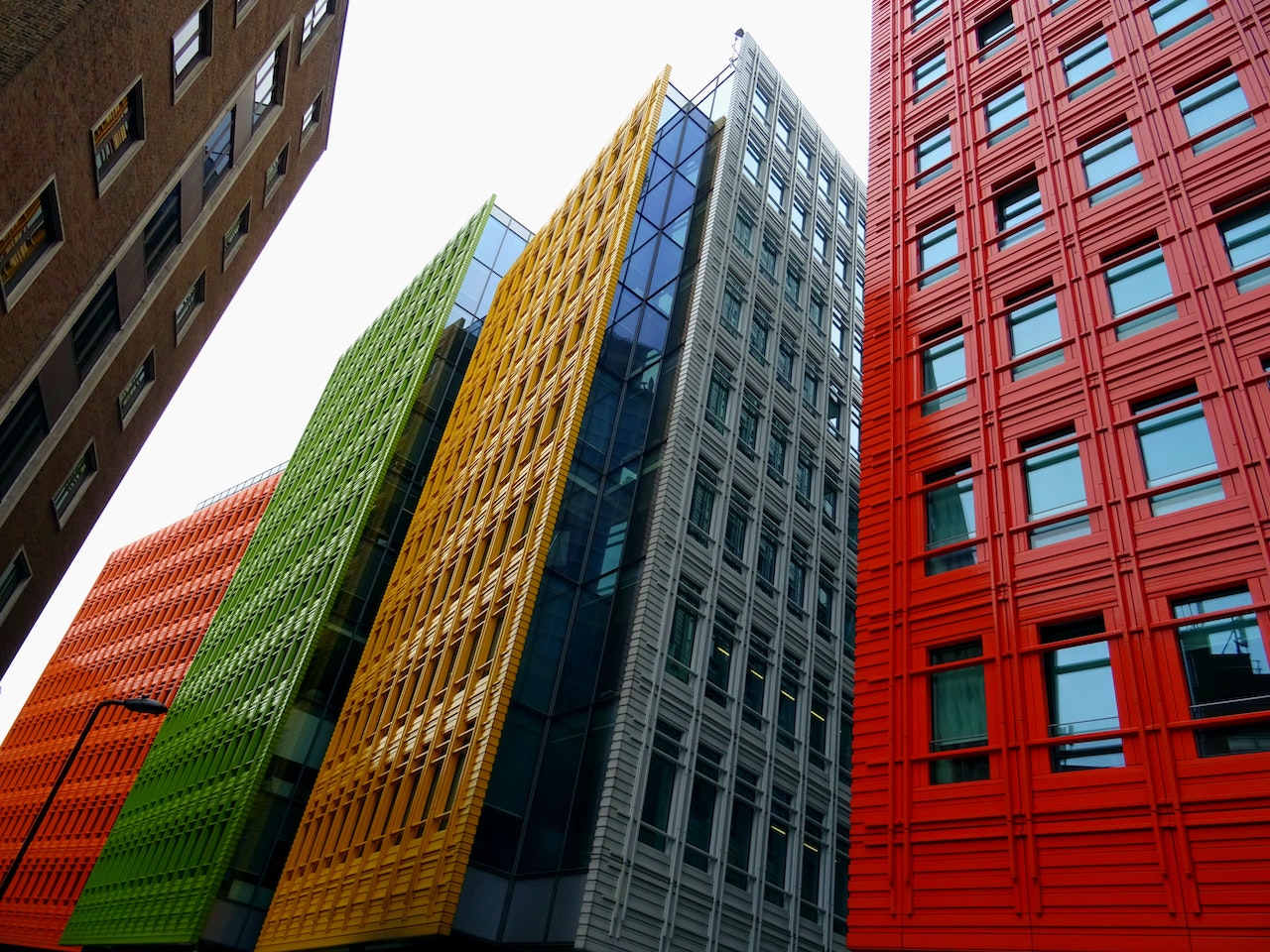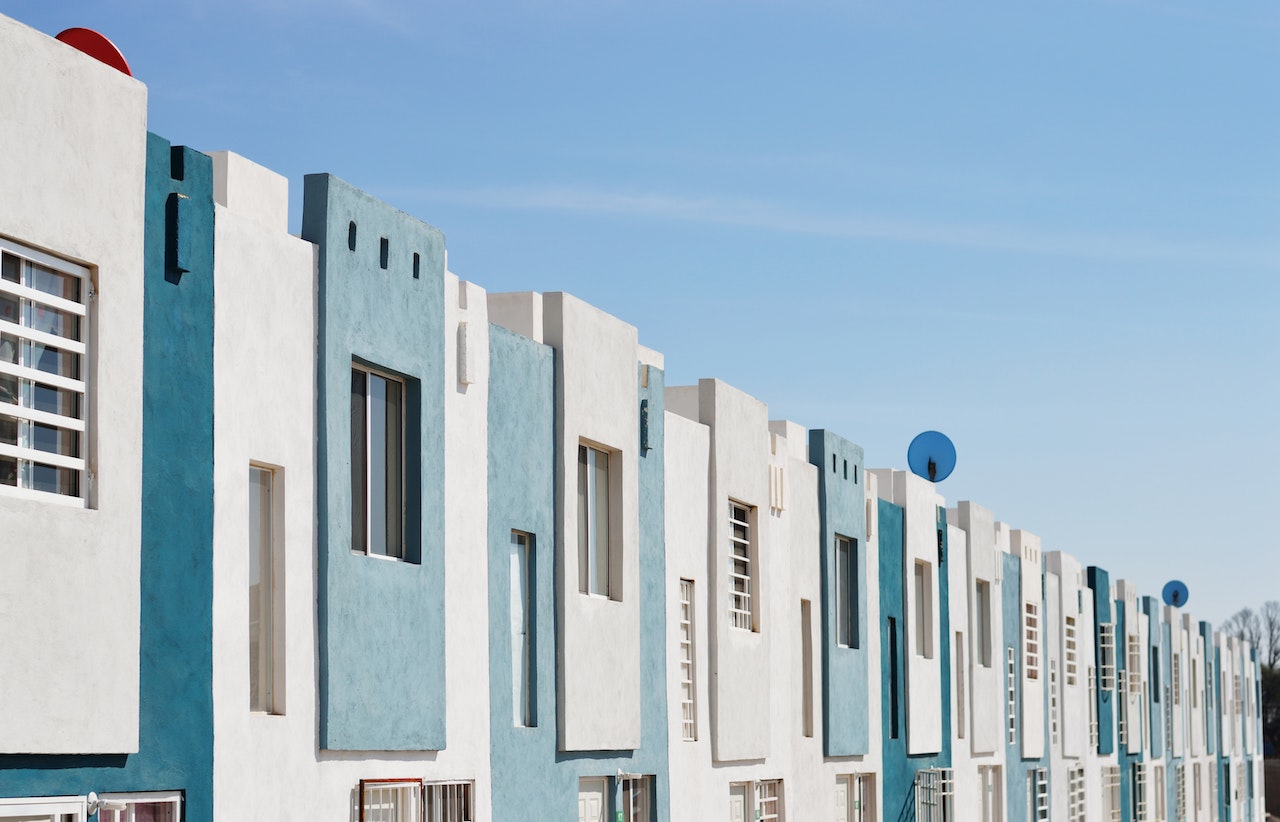The Importance Of Community-Driven Design Processes In Architecture - Empowering Communities Through Design
The importance of community-driven design processes in architecture has become increasingly popular in recent years as architects, planners, and policymakers recognize the importance of involving communities in the design process.
Author:George EvansMar 12, 20236.8K Shares253.4K Views

The importance of community-driven design processes in architecturehas become increasingly popular in recent years as architects, planners, and policymakers recognize the importance of involving communities in the design process.
This approach emphasizes collaboration between designers and community members, to create built environments that are responsive to the needs and aspirations of those who will live, work, and play in them.
This essay will discuss the importance of community-driven design processes in architecture and the benefits that this approach can bring to both communities and designers.
The Importance Of Community-Driven Design Processes In Architecture
The idea of involving communities in the design process has been around for decades. In the 1960s, architects, and planners began to question the top-down approach to design that had dominated the field for so long.
They saw that this approach often ignored the needs and desires of the people who would use the buildings and spaces they created. As a result, they began to experiment with new approaches to design that was more collaborative and community-oriented.
One of the pioneers of community-driven design processes in architecture was the architect and planner Christopher Alexander. In the 1970s, Alexander developed a design methodology that he called "pattern language."
This approach emphasized the importance of involving communities in the design process and creating built environments that were responsive to the needs of the people who would use them.
Since then, community-driven design processes have become increasingly popular in architecture. Today, many architects, planners, and policymakers recognize the importance of involving communities in the design process and creating built environments that are responsive to their needs and aspirations.
The Benefits Of Community-Driven Design Processes In Architecture
There are many benefits to community-driven design processes in architecture. Some of the most important benefits include:
Improved User Experience
When designers involve communities in the design process, they gain a better understanding of the needs and desires of the people who will use the buildings and spaces they create. This understanding can lead to better design decisions that improve the user experience.
For example, a community-driven design process might lead to the creation of buildings and spaces that are more accessible, comfortable, and functional for the people who use them.
Greater Community Engagement
Community-driven design processes can help to build trust and engagement between designers and communities.
When communities feel that their voices are heard and their needs are taken into account, they are more likely to be invested in the design process and the outcomes that result from it. This can lead to greater community buy-in and support for the projects that are created.
More Sustainable Design
Community-driven design processes can lead to more sustainable design decisions. When communities are involved in the design process, they are more likely to prioritize sustainability and environmental concerns.
This can lead to the creation of buildings and spaces that are more energy-efficient, use sustainable materials, and are better adapted to their local environments.
Improved Social Equity
Community-driven design processes can help to address social equity issues in the built environment.
When communities are involved in the design process, they are more likely to prioritize the needs of marginalized groups and create spaces that are more inclusive and equitable. This can lead to the creation of buildings and spaces that are more accessible, safe, and welcoming for everyone.
Community-Driven Design Processes In Architecture
There are many examples of successful community-driven design processes in architecture. Here are just a few:
The High Line, New York City
The High Line is an elevated park that runs through the Chelsea neighborhood of Manhattan. The park was created on an abandoned elevated railroad track and has become a popular destination for tourists and locals alike.
The design of the High Line was a collaborative effort between the design firm James Corner Field Operations, the architecture firm Diller Scofidio + Renfro, and the community group Friends of the High Line.
The design process involved extensive community engagement, with public meetings, workshops, and online forums to gather input from residents, business owners, and community organizations.
The resulting design reflects the history and character of the neighborhood, with a focus on sustainability, accessibility, and community use.
The Langston Hughes Library And Cultural Center, Corona, Queens
The Langston Hughes Library and Cultural Center is a public library and community center located in the Corona neighborhood of Queens.
The center was designed by the architecture firm Andrew Berman Architect and was created through a community-driven design process that involved extensive community engagement.
The design process included public meetings, workshops, and online forums to gather input from residents, community organizations, and library users. The resulting design reflects the needs and desires of the community, with a focus on sustainability, accessibility, and cultural relevance.
The Women's Building, San Francisco
The Women's Building is a community center located in the Mission district of San Francisco.
The building was originally built in 1910 as a meeting hall for the International Workers of the World and was later used as a community center for women's organizations. In 2014, the building was renovated and expanded through a community-driven design process led by the architecture firm EHDD.
The design process involved extensive community engagement, with public meetings, workshops, and online forums to gather input from residents, community organizations, and women's groups.
The resulting design reflects the history and character of the neighborhood, with a focus on sustainability, accessibility, and women's empowerment.
Challenges And Criticisms Of Community-Driven Design Processes In Architecture
While community-driven design processes have many benefits, they are not without their challenges and criticisms. Some of the most common challenges and criticisms include:
Time And Resources
Community-driven design processes can be time-consuming and resource-intensive. They require significant time and effort to organize and facilitate, and they often involve multiple stakeholders with different interests and priorities. This can make the design process more complex and difficult to manage.
Power Dynamics
Community-driven design processes can also be challenging because they involve multiple stakeholders with different levels of power and influence.
This can create power dynamics that favor some stakeholders over others, particularly those with more resources, education, or social capital. This can lead to conflicts and tensions within the design process.
Design Quality
Community-driven design processes can also be criticized for producing lower-quality design outcomes. This is because community members may not have the same level of expertise or training as professional designers and may not be able to contribute to the design process in a meaningful way.
This can lead to design outcomes that are less innovative, less functional, or less aesthetically pleasing than those produced through a more traditional design process.
Video unavailable
This video is unavailable: Original link to video
Lack Of Diversity
Community-driven design processes can also be criticized for lacking diversity. This is because community members who participate in the design process may not represent the full range of diversity within the community.
This can lead to design outcomes that are not representative of the needs and desires of all members of the community.
People Also Ask
How Can Community Members Participate In Community-driven Design Processes?
Community members can participate in community-driven design processes by attending public meetings, workshops, and online forums, and by providing feedback and ideas for the design process.
What Is The Role Of Sustainability In Community-driven Design Processes?
Sustainability is an important aspect of community-driven design processes because it ensures that built environments are designed to be environmentally responsible, economically viable, and socially equitable.
How Can Community-driven Design Processes Promote Social Equity?
Community-driven design processes can promote social equity by ensuring that built environments are designed to meet the needs of all members of the community, including those who may be marginalized or underrepresented.
Why Is Community Engagement Important In Community-driven Design Processes?
Community engagement is important in community-driven design processes because it ensures that the needs and desires of the community are taken into account and that community members have a sense of ownership and investment in the built environment.
Conclusion
The importance of community-driven design processes in architecture is a necessary approach to creating built environments that are responsive to the needs and aspirations of communities.
By involving community members in the design process, architects, planners, and policymakers can create buildings and spaces that are more functional, sustainable, and equitable.
While community-driven design processes have their challenges and criticisms, the benefits they bring to communities and designers make them an increasingly popular approach to architecture and urban planning.

George Evans
Author
George Anderson, an exceptional architectural designer, envisions and brings to life structures that transcend the realm of imagination. With an unwavering passion for design and an innate eye for detail, George seamlessly blends form and function, creating immersive spaces that inspire awe.
Driven by a deep appreciation for the interplay of space, light, and materials, George's innovative approach redefines the possibilities of architectural design. His visionary compositions leave an indelible mark, evoking a sense of wonder and transforming the built environment.
George Anderson's transformative designs and unwavering dedication continue to shape the architectural landscape, pushing the boundaries of what is possible and inspiring generations to come.
Latest Articles
Popular Articles
